With the fast-approaching winter, many Canadians are bracing themselves for an annual visit of seasonal Affective Disorder—also known as SAD. This seasonal form of depression affects millions throughout North America, which begins in late fall, peaks in January and fades by early spring. While light therapy and regular exercise have been found to be effective in combating SAD, the biggest weapons can be found right in your kitchen. Here are 11 everyday foods you can eat to help diminish the effects of the cold-weather blues.
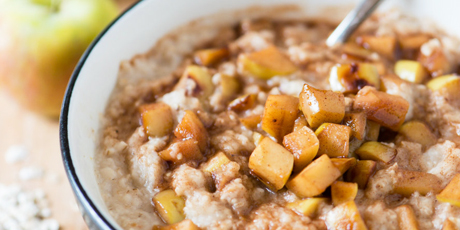
Whole Grains and Complex Carbs
When you do succumb to those carb cravings, go for whole grains such as oatmeal or a complex carbohydrate like brown rice. These dense carbohydrates have been found to increase serotonin levels.

Dark Leafy Greens
A healthy salad can go a long way in terms of easing seasonal depression, since dark leafy greens such as spinach, kale, chard and broccoli are rich sources of folate and vitamin B12, which have also been found to boost serotonin levels.
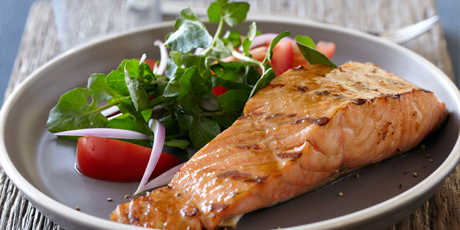
Fish
Omega-3 fatty acids have been found to fight depression by boosting production of dopamine and serotonin, and fatty fish such as salmon, mackerel, herring and anchovies are loaded with omega-3’s. As a bonus, these fatty fish are also great sources of vitamin D, as are oysters and caviar. If you’re not a fish fan, you can always go old school and get your omega-3’s the way your grandmother did: with a spoonful of cod liver oil.
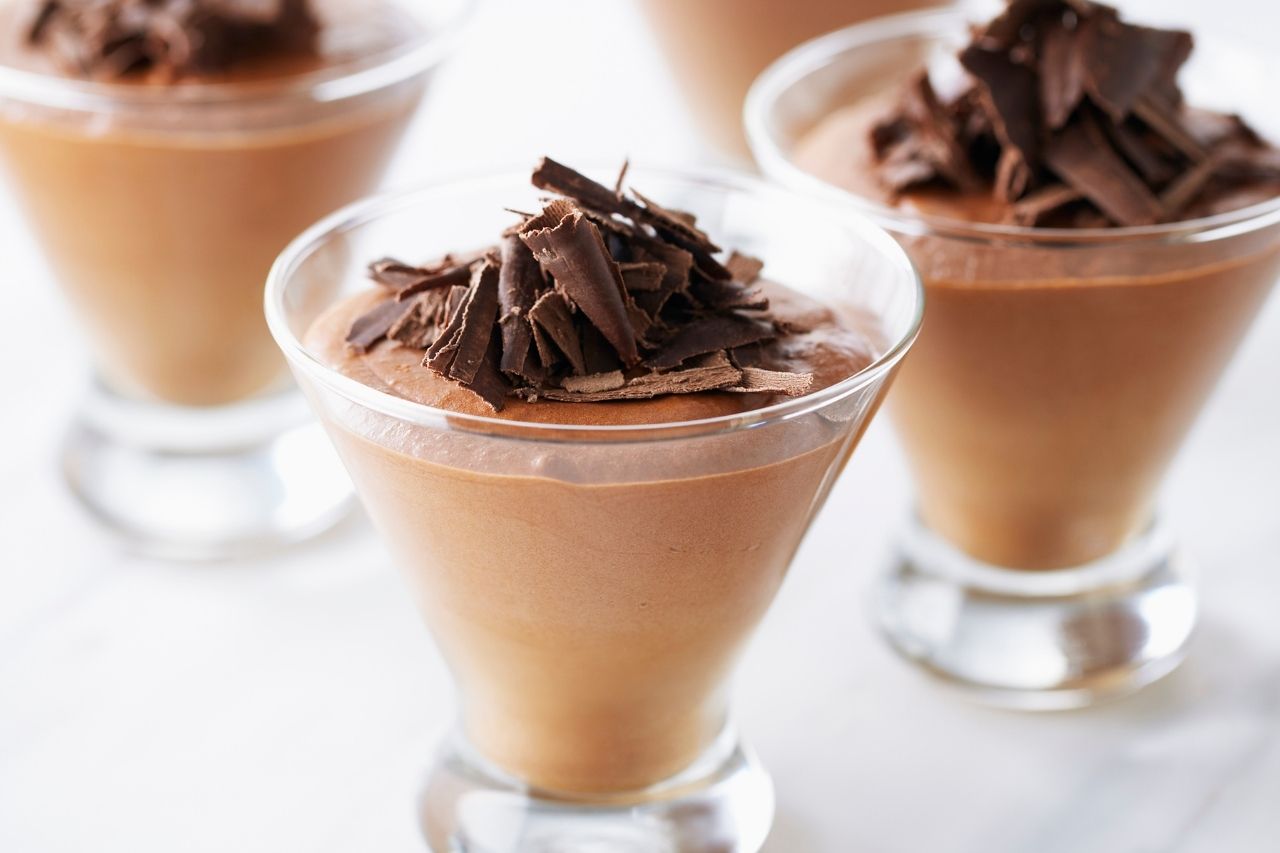
Dark Chocolate
Studies have shown that eating an ounce-and-a-half of dark chocolate each day for a two-month period can cause a reduction in stress-causing hormones, thanks to antioxidants called flavonoids. Simply eating a Snickers bar, however, won’t cut it; in order to gain these benefits, chocolate must contain at least 75 percent cocoa. And unsweetened chocolate is best—eating a lot of sugar will temporarily elevate your blood sugar, but will inevitably result in a mood crash.

Avocados
Sure, avocados are fatty, but they’re the good kind of fatty; full of mood-enhancing folate, calming tryptophan and, as an added bonus, energy-boosting vitamin B6.

Sweet Potatoes
Not only are sweet potatoes a seasonal autumn vegetable, they’re also a smarter side dish choice than standard potatoes at this time of year. Chocked full of folate, sweet potatoes are far better at maintaining a steady blood-sugar level than standard spuds, thus preventing that run-down feeling brought on by low blood sugar.
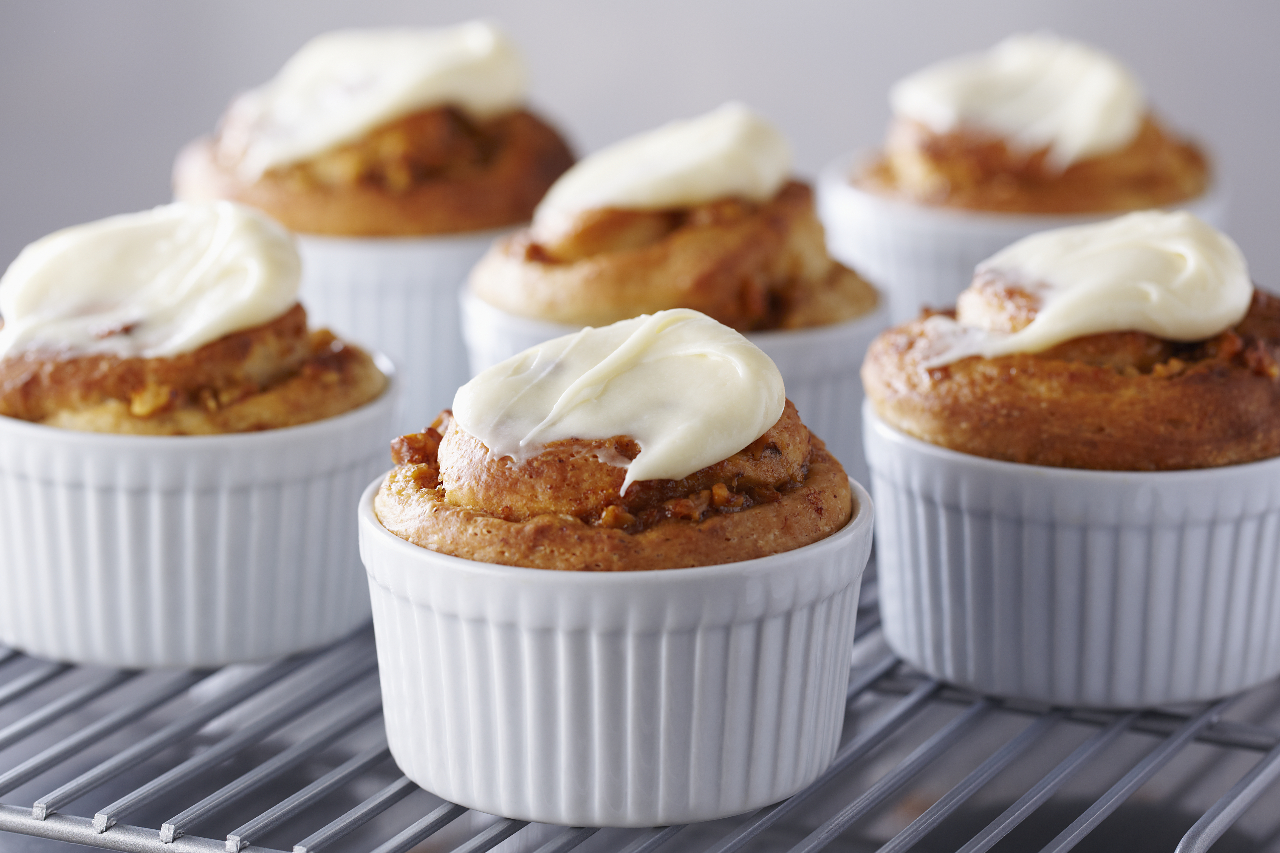
Walnuts, Brazil Nuts and Flax Seeds
Flax seeds and walnuts are both high in omega-3’s, while Brazil nuts are loaded with selenium. Why is this important? Research has shown a connection between low selenium levels and depression, making Brazil nuts a prefect wintertime snack.

Eggs
Eggs contain high levels of zinc, a mineral that is effective in moderating blood-sugar levels and regulating the metabolism, which can combat seasonal feelings of fatigue by increasing energy.
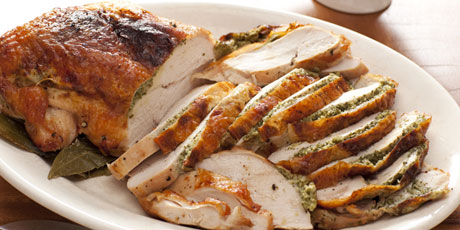
Turkey
Wait, doesn’t turkey make you feel sleepy? Well, yes, but in a good way! The drowsiness you feel after indulging in Thanksgiving dinner is due to the chemical tryptophan, which, along with the sleepy sensation, has been found to play a role in combatting SAD by inducing a sense of calmness and relaxation. Tryptophan may even play a role in more effectively converting vitamin D to serotonin. You may want go easy on the stuffing though, since one of the symptoms of SAD is an increased craving for carbs.
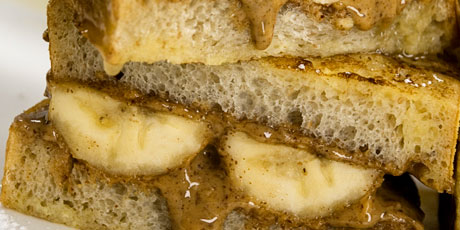
Bananas
The humble banana has a lot of weapons in its arsenal when it comes to battling SAD. Bananas are loaded with tryptophan and B6. In addition, stress will deplete your body’s potassium reserves, and the potassium found in a banana can provide a boost that can actually lower stress.
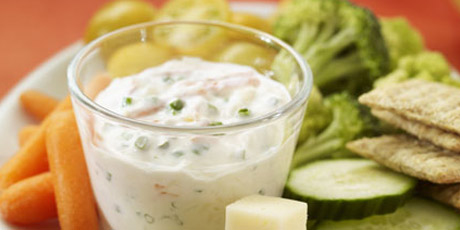
Milk and Yogurt
Known as “the sunshine vitamin,” milk is loaded with SAD-busting vitamin D. Yogurt is also high in protein and calcium, which can ease anxiety and mood swings.
